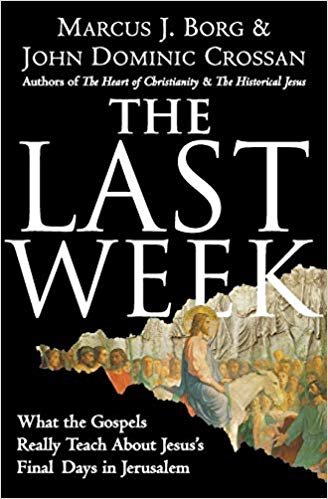
The Gospel According to Mark is famously quick paced. Yet, when it comes time for Holy Week, the author slams on the breaks. Mark takes ten chapters to get to Holy Week, and then spends five chapters covering Palm Sunday to Good Friday.
This fact alone should invite us to ask, “How does Mark understand those days?” Yet, all too often churches bunch everything form Palm Sunday to Good Friday into one Sunday service. Then they pick up the next week with Easter and the Resurrection.
There was some attempt to counter this in my more traditional Seminary training. I remember my professors strongly encouraging us to emphasize attendance at Maundy Thursday and Good Friday services. But even then we lose the context of Monday to Wednesday in the culminating events. We only see a Jesus who comes into Jerusalem, has a meal, is crucified, and rises.
Lost is the interplay of Jesus‘ entry and his trip to the Temple. The popular phrase “give unto Caesar” remains a text about compartmentalizing faith and politics. In the process, we fail to understand how Jesus understands his impending and predicted death and resurrection.
The Last Week invites readers to slowly journey through these days. It beckons us to reflect on the interplay between Jesus’ words and actions. In the process, we it invites us to meet a Jesus far more revolutionary than we previously imagined.
I highly recommend reading The Last Week anytime of year. However, I see a particular potency in reading each chapter on the corresponding day of Holy Week. Doing so will allow the season to take on an entirely new meaning.